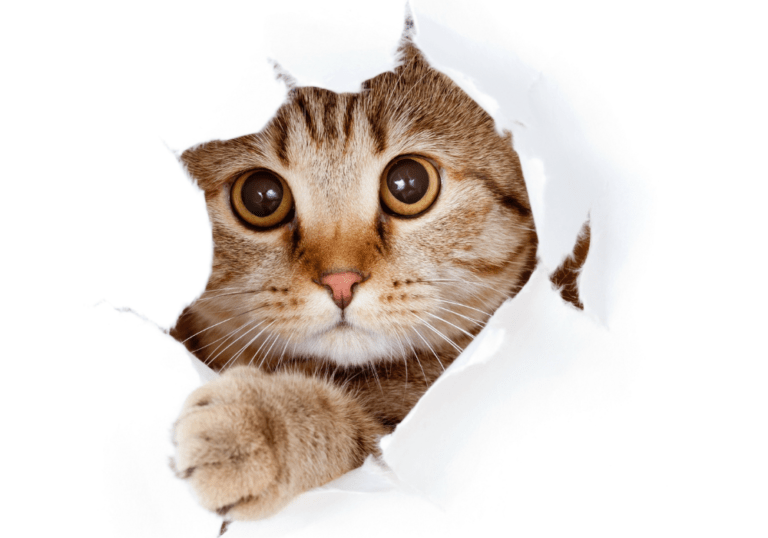What Your Cat's Eyes Can Tell You: Understanding Feline Emotions Through Pupil Size

Cats are mysterious creatures, often leaving us guessing about their feelings. Unlike humans, whose expressions can be easily read, a cat’s emotions are subtly displayed, particularly through their eyes. By observing the changes in your cat’s pupil size and eye behavior, you can gain valuable insights into their mood, making it easier to bond with your feline friend.
The Significance of Pupil Size in Cats
The pupils of your cat—those dark openings within their colored irises—play a crucial role in not only regulating light but also signaling emotional states. Unlike human pupils, which change size primarily in response to light, a cat’s pupils can reveal a lot about their feelings. Here’s what different pupil sizes might indicate:
1. Pleasure and Contentment
When your cat is feeling relaxed and happy, their pupils often become narrow slits. This is especially noticeable when they’re purring and lounging comfortably on your lap. While purring is typically associated with contentment, it’s important to remember that some cats also purr when they’re scared or in pain. Always consider the overall context of your cat’s behavior.
2. Aggression or Anger
Narrowed pupils can also indicate aggression. If your cat is preparing to pounce on a toy or feels threatened, you may notice their pupils becoming smaller. In this state, cats may also squint, which serves to protect their eyes during potential confrontations. Understanding these cues can help you avoid an unexpected scratch!
3. Fear or Excitement
Wide pupils are a clear sign that your cat is either frightened or excited. You might see this when they encounter a loud noise, like a vacuum cleaner, or when they’re playing with a new toy. This reaction is instinctive and helps them assess their environment for potential threats or exciting opportunities.
4. Relaxation
When your cat is feeling comfortable and secure, their eyes may appear half-closed, with normal-sized pupils. This relaxed state is often accompanied by gentle breathing and a calm demeanor, indicating that your cat feels safe in their environment.
The Language of Blinking
You may have noticed your cat staring at you and then slowly blinking. This behavior is often compared to a kiss or smile, signifying affection. When your cat gives you a slow blink, try returning the gesture. It’s a simple yet powerful way to strengthen your bond.
Putting the Clues Together
While your cat’s eyes provide valuable clues about their mood, they are not the only indicators. Pay attention to other factors such as:
- -Posture: An arched back and flattened ears can signal aggression, whereas a relaxed posture with a neutral tail indicates confidence and happiness.
- Tail and Ear Position: A high tail and erect ears usually mean your cat is feeling good, while a tail tucked between their legs can indicate fear or anxiety.
- Vocalizations: Different sounds can help you gauge your cat’s mood. A happy meow sounds different from an agitated or aggressive one. Growling, for instance, is a clear signal that your cat wants space.
By combining these observations, you can better understand your cat’s emotional state and respond accordingly.
When to Seek Help
Familiarizing yourself with your cat’s eye behaviors and body language can enhance your understanding of their emotional needs. However, if you notice sudden changes in your cat’s behavior—whether it’s their eyes, posture, or vocalizations—it may indicate an underlying health issue. In such cases, it’s best to consult our doctors at Willow Glen Pet Hospital for a thorough evaluation.
If you need more help or have any questions, call us at Willow Glen Pet Hospital, willowglenpethospital.com, (669) 342-7472, 1033 Willow Street, San Jose, CA, 95125, US.
Hours: Monday – Saturday 8:00 am – 6:00 pm.
